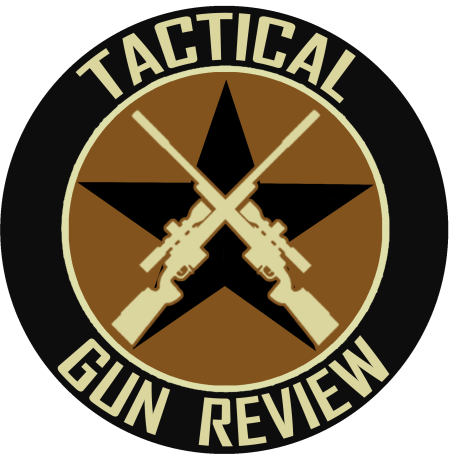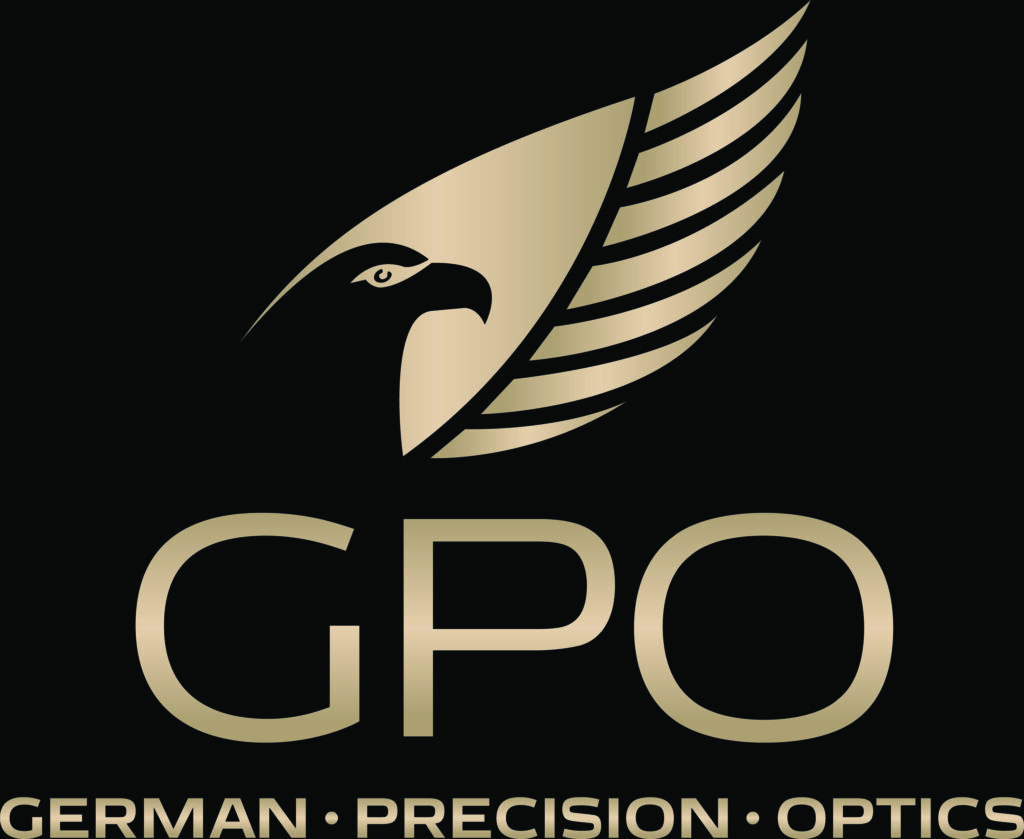Everyday carry (EDC) is a topic of conversation that can you get you into an argument quicker than politics or religion. With so many options on the market, the possibilities seem endless, and can be overwhelming for the unprepared. However, unlike some, I believe there is no one perfect firearm for EDC that fits all individuals. An individual needs to be comfortable with the firearm they carry and the firearm needs to be comfortable and easily concealable.
I view EDC as an accessory, like a woman views a purse. My EDC can vary depending on what I’m doing or even what I’m wearing. Trying to conceal a full frame firearm in the middle of the Texas summer is almost impossible when wearing shorts and a t-shirt. For this reason, I have three main EDC firearms, a S&W Airweight .38 for the hot summer days when clothes are light and concealment isn’t as easy, a Springfield XDM9 3.8 for winter when I can carry OWB (outside the waistband) and concealment is easier with a sweater or jacket, and finally, the one that I carry the majority of the time, and the one I am going to focus on for this review, my Glock 33 chambered in .357 sig.
I know I can be chastised for saying this, but Glock generally isn’t my favorite firearm. There are plenty of other firearms I would rather shoot than a Glock. However, when it comes to what is needed for EDC, Glock meets all of my primary needs. Compact, reliable, and the caliber I wanted. Glock’s unmatched reliability makes it a great EDC. If or when a situation should arise that you need to draw your EDC, you want to know it will fire. Obviously, there can always be those extreme circumstances, but more often than not, a Glock will fire every time you pull the trigger, with the biggest malfunction being faulty ammo. This has been proven time and time again with these firearms being tested and used in some of the most abusive environments imaginable. The Glock has a polymer frame with a steel slide and internal strike fire design. The grip has some factory texture and stippling to aid in maintaining a secure grip while shooting. It also has finger grooves, although, if you have larger than average size hands, you will want to add the grip extender to the magazine which also adds an additional two rounds to the overall capacity. The size of the frame is what helps make this a popular choice in EDC, measuring 6.49”L x 4.17”H x 1.18”W and weighing in just under 22 oz unloaded. The trigger is Glock’s standard safety trigger with 5.5 lbs of pull. Even with 5.5 lbs of pull, the trigger is still crisp with minimal creep and has a short reset. My Glock has the factory non-night sights. The night sights are an additional $25-$50 depending on the brand, and let’s face it, most of the time when a conceal carry piece is used, it will be inside of 7 yds. Using the sights at that point delays getting rounds into your target.
With a lot of compacts you may sacrifice caliber or capacity. With the Glock 33, you don’t have to do either. The standard magazine holds 9 rounds (rds), or with the grip extender you can get 11 rds. When it comes to caliber, my Grandfather always said that “a .22 in the pocket is better than a .45 in the glove box”. The presence of a firearm is sometimes enough to deter an attacker, but when it’s not, having a caliber that is effective is warranted. This is why I chose the .357 sig. Developed in 1994 by Sig Sauer, it has been a favorite of a handful of Law Enforcement Agencies around the country. Based on a .40 caliber cartridge and necked down to a .357 projectile, it is extremely accurate and has the stopping power so often desired. While the caliber itself hasn’t had the popularity with the civilian market that Sig had hoped for, it still has enough of a following to hang on. With Texas DPS being the first agency to exclusively issue the Sig p226 in .357 sig back in 1998, several other agencies soon followed suit with the Sig p229 in .357 sig. Some of these agencies include: The Secret Service, The Federal Air Marshalls, and the Texas Rangers, to name a few.
The ballistics on the .357 sig is what makes it such a great round. With projectile weights ranging from 115 grain-150 grain (grn) producing 488 ft lbs up to 606 ft lbs of force. The penetrating depths range from 9”-16.5”and the velocities range from 1200 ft/sec-1500 ft/sec. The .357 sig shoots extremely flat, giving you greater accuracy at long distances, which is what helps make it a favorite to Law Agencies and civilians alike.
Another big part of EDC is how you carry. Do you choose IWB (inside waistband), OWB, hip carry, appendix carry, or small of back? With my Glock I prefer to use an IWB and carry more on my right flank which allows more comfort when driving or sitting for long periods of time. It also allows me to stand in naturally defensive stance while keeping my strong side and gun away from the attacker allowing me the advantage to draw. Again, holsters are an accessory and there is no perfect one. I have several different ones for each of my carry pieces. With my Glock being my go to the majority of the time, I have one holster that I use probably 90% of the time. It is an IWB holster made by CrossBreed. I chose this holster due to its comfort, durability, minimal imprinting design, and price. These are made with a larger than normal leather surface area which helps break up the imprinting and provides for a more comfortable feel. You can get regular leather or horsehide, which holds up better against moisture. I went with the horse hide, even when its 100 degrees outside, the holster stays comfortable and doesn’t rub or chafe. Kydex molding forms to your specific firearm and allows for a secure fit and easy draw without hanging up. There are two metal clips to help secure it to your belt and hold it in place when you draw. The design also allows you to tuck in your shirt, should you desire. This is by far one of the most comfortable holsters I have worn for EDC and it won’t break the bank. There are many companies and many holster options. Ask around, see what other people carry, and try to find a holster that fits you. It’s very easy to go broke buying holsters trying to find the perfect one.
In conclusion, remember that when choosing an EDC, there are a lot of factors to take into consideration. How you plan to conceal, what caliber you are comfortable with, do you prefer revolver or semi-auto, and even what holster best suites your needs. Almost every gun range has range guns you can rent, go try them out and see what fits you. Once you decide on what you want, make sure you practice, practice, practice. If or when the time comes that you have to use your firearm, you want to make sure you go home to your family.
Beau Durham
Latest posts by Beau Durham (see all)
- Cole-Tac HTP Suppressor Cover - January 6, 2017
- Sig Sauer SRD762Ti - June 1, 2016
- The Griffin Armament RECCE 5 MOD 3 - April 29, 2016











Nicely done sir. I have a Crossbreed for my Beretta PX4 and it really is comfortable to wear.
Much like you, I’m not a huge Glock fan and yet I routinely carry a G26 for the reasons you mention. Lightweight, easy to shoot, and reliable.